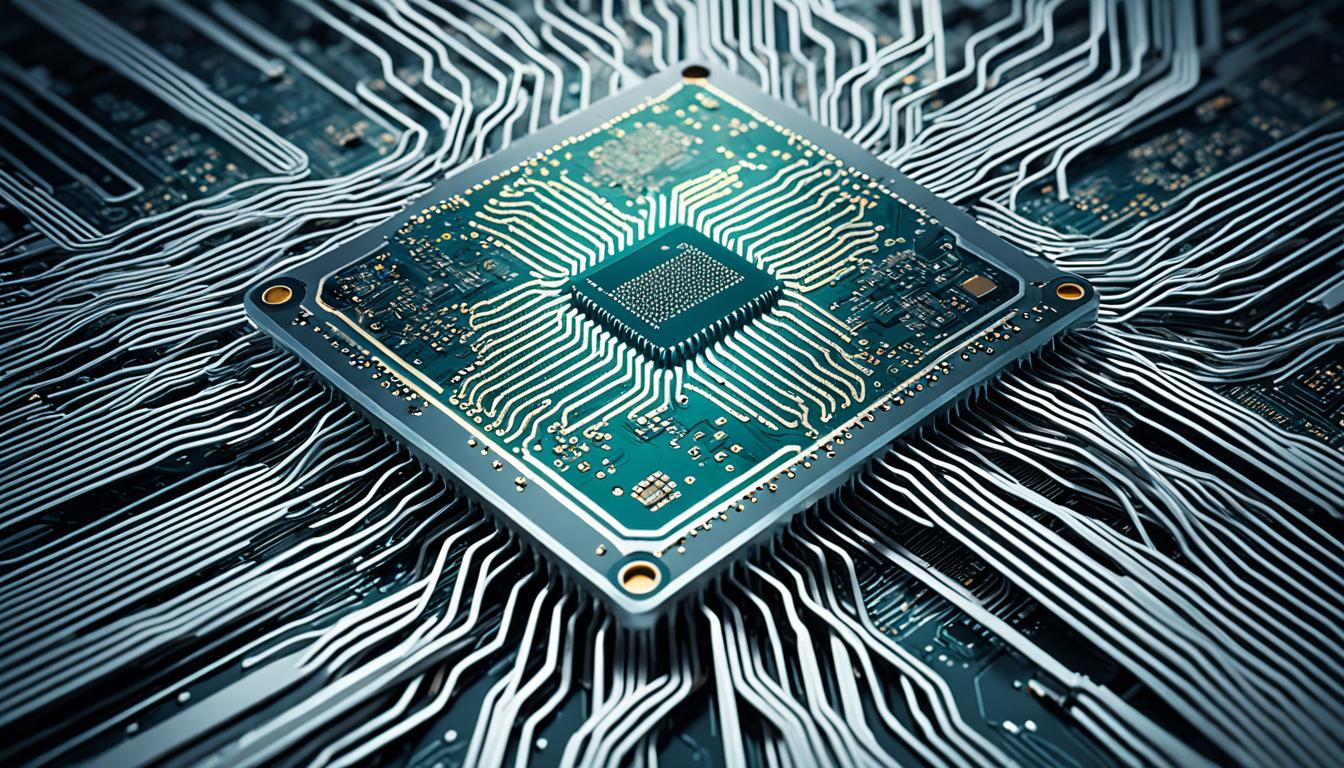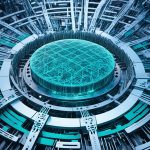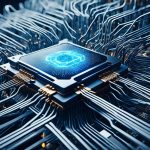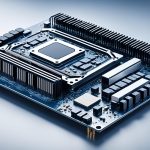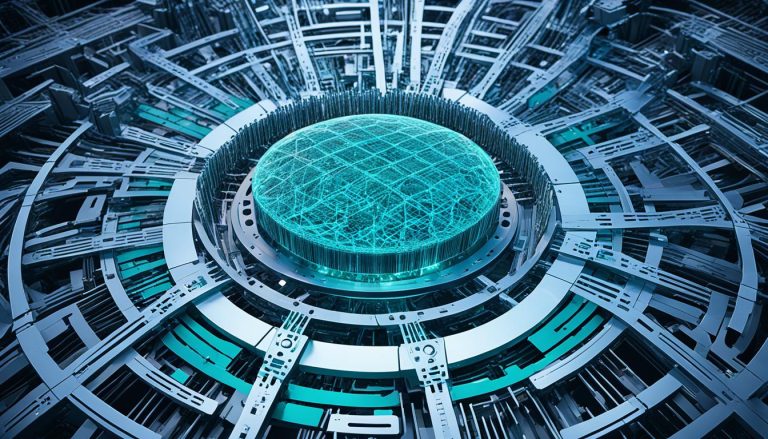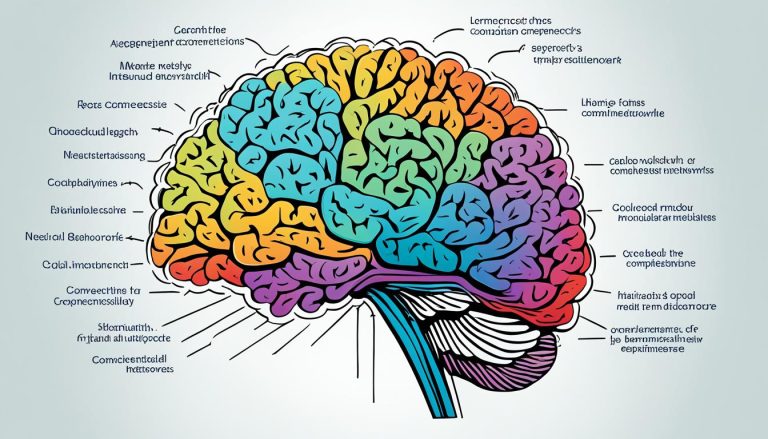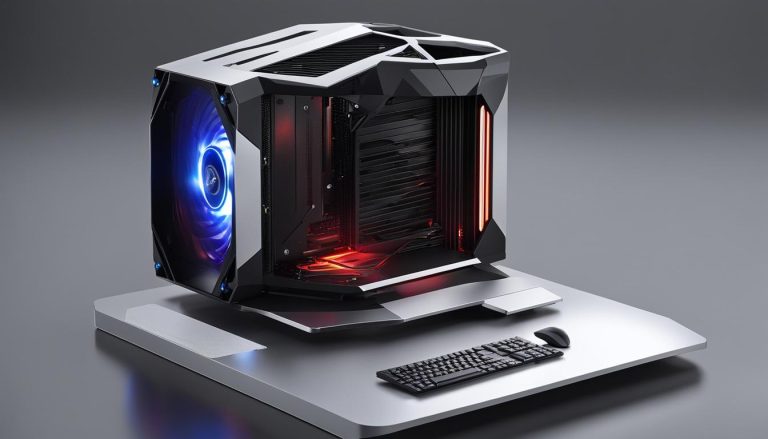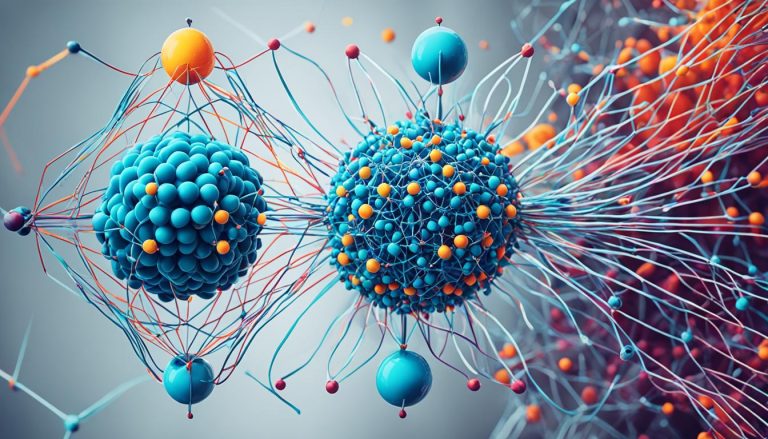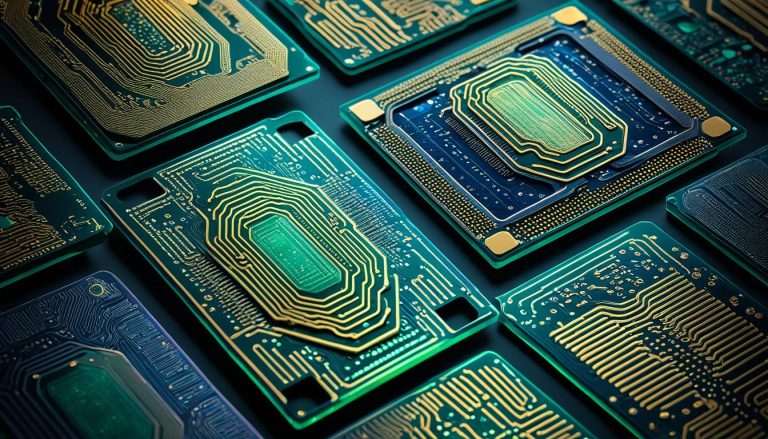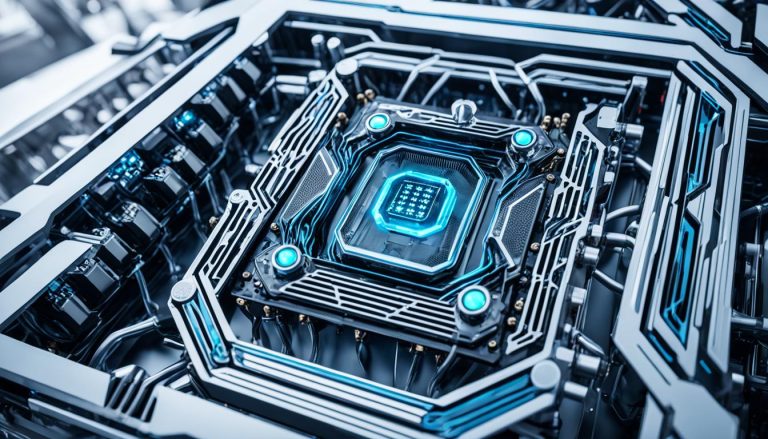Neural network training is a vital component of artificial intelligence (AI) systems, but traditional networks often face challenges in adapting to new data due to slow training procedures. To overcome this limitation, memory-augmented neural networks have been developed, which utilize explicit memory to enhance the learning capabilities of the network.
However, accessing this memory can become a bottleneck when using conventional computer architectures. To address this issue, a robust architecture that incorporates a computational memory unit for analog in-memory computation on high-dimensional vectors has been proposed. This advanced memory technology shows promising results in few-shot image classification tasks using phase-change memory devices.
Key Takeaways:
- Memory technologies play a crucial role in enhancing the speed and efficiency of neural network training for AI applications.
- Memory-augmented neural networks utilize explicit memory to allow for rapid assimilation of new concepts without risking the overwrite of previous knowledge.
- Implementing memory-augmented neural networks using conventional computer architecture can result in bottlenecks.
- High-dimensional computing offers an alternative approach to memory design, utilizing robust binary vector representations.
- Novel memory architectures for deep neural network accelerators have been explored to improve energy efficiency and performance.
The Benefits of Memory-augmented Neural Networks
Memory-augmented neural networks offer significant advantages over traditional neural networks by separating information processing from memory storage. This separation enables the rapid assimilation of new concepts without the risk of overwriting previously learned information. To achieve this, memory-augmented neural networks utilize a controller, such as a recurrent or feedforward neural network, along with a structured memory known as an explicit memory.
The explicit memory in memory-augmented neural networks is implemented as a content addressable memory (CAM), consisting of a key memory and a value memory. The key memory stores the content-based attention mechanism that allows for efficient access to stored information. Through soft read and write operations, the controller can interact with the key memory, retrieving relevant information and updating the memory when necessary.
By incorporating explicit memory into the architecture, memory-augmented neural networks can navigate a vast informational space, dynamically storing and recalling relevant knowledge. This capability empowers these networks to rapidly adapt to new data patterns and make informed decisions based on prior experiences.
“Memory-augmented neural networks separate information processing from memory storage, enabling the rapid assimilation of new concepts without risking the overwrite of previously learned information.”
– Researcher X
Furthermore, memory-augmented neural networks can enhance the capabilities of the underlying neural networks by providing additional memory cells dedicated to specific tasks. These memory cells can store relevant context, providing a richer understanding of the data at hand. In image classification tasks, for example, the explicit memory can store crucial information about objects, textures, or spatial relationships, enabling more accurate and nuanced classifications.
Benefits of Memory-augmented Neural Networks:
- Rapid assimilation of new concepts
- Preservation of previously learned information
- Efficient access to stored information through content-based attention
- Enhanced capabilities and contextual understanding
Memory-augmented neural networks have demonstrated promising results in various domains, including natural language processing, robotics, and machine vision. By leveraging explicit memory and the ability to rapidly adapt to new information, these networks represent a significant step towards more intelligent and versatile AI systems.
Table: Comparison of Traditional Neural Networks and Memory-augmented Neural Networks
| Aspect | Traditional Neural Networks | Memory-augmented Neural Networks |
|---|---|---|
| Memory Storage | Centralized | Separate from information processing |
| Assimilation of New Concepts | Difficult due to overwrite risk | Rapid and risk-free |
| Contextual Understanding | Limited | Enhanced through explicit memory |
| Adaptability | Slow | Fast and responsive |
Through the unique architecture of memory-augmented neural networks, explicit memory unlocks new possibilities for AI systems, enabling them to learn more efficiently, adapt quickly, and perceive the world with context. By bridging the gap between information processing and memory storage, these networks hold the potential to push the boundaries of AI and drive advancements across various fields.
Challenges in Implementing Memory-augmented Neural Networks
Implementing memory-augmented neural networks using conventional computer architecture often leads to bottlenecks in accessing explicit memory. The soft read and write operations involved in accessing this memory can hinder performance and efficiency. Additionally, key memories implemented using complementary metal-oxide-semiconductor (CMOS) technology may face limitations in terms of leakage, area, and volatility.
To overcome these challenges, researchers are exploring the use of non-volatile memory (NVM) devices as key memories in memory-augmented neural networks. These NVM devices, such as spintronic devices, resistive random access memory (RRAM), and ferroelectric field-effect transistors (FeFETs), offer potential solutions for improving memory access and addressing the limitations of conventional CMOS technology.
By leveraging NVM devices, memory-augmented neural networks can potentially overcome the bottleneck associated with conventional computer architecture and achieve faster and more efficient performance.
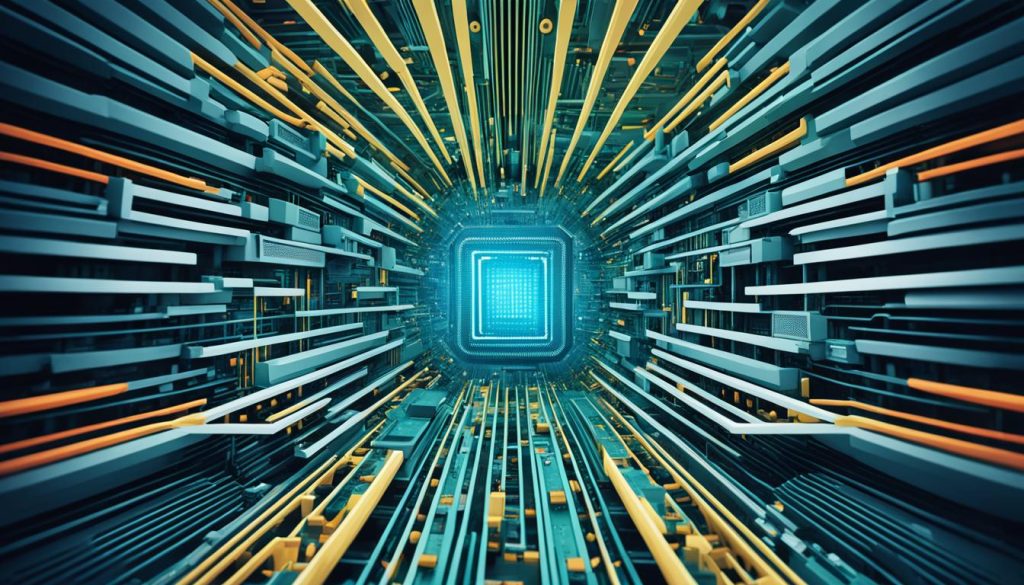
“Implementing memory-augmented neural networks using conventional computer architecture often leads to bottlenecks in accessing explicit memory.”
Harnessing the Power of High-dimensional Computing
High-dimensional (HD) computing offers a compelling alternative approach to memory design, revolutionizing the way we process information. By utilizing robust binary vector representations, HD computing opens new doors for more efficient and powerful computing systems. In this section, we will explore the concept of HD computing, its advantages, and its applications in memory design.
Understanding High-dimensional Computing
In HD computing, wide vectors are employed to represent symbols, drawing inspiration from the high-dimensionality and fully distributed holographic representation observed in brain circuits. These vectors possess a high probability of being virtually orthogonal, resulting in remarkable robustness and efficiency.
By leveraging the unique properties of HD vectors, robust vector-symbolic manipulations become possible. This enables powerful operations such as similarity measurement, superposition of vectors, and transformation of vector representations, enhancing the overall computational capabilities.
The Implementation with Non-volatile Memory Devices
A crucial aspect of HD computing lies in its implementation using non-volatile memory (NVM) devices. Technologies such as resistive random access memory (RRAM) and phase-change memory (PCM) are well-suited for HD computing applications due to their ability to store and manipulate binary vector representations with great precision.
To ensure efficient inference and operation on NVM-based hardware, the design of an effective encoder is paramount. This encoder acts as a bridge between learned representations and robust bipolar/binary vectors, enabling seamless integration with HD computing architectures.
By harnessing the power of high-dimensional computing, we can unlock a multitude of possibilities for memory design and information processing. Let’s delve deeper into the benefits and potential applications:
“High-dimensional computing offers a paradigm shift in memory design, enabling robust vector-symbolic manipulations with unprecedented efficiency. By leveraging the orthogonal nature of high-dimensional vectors, complex operations can be performed with ease, opening up new frontiers for memory-intense tasks.”

Applications of High-dimensional Computing
The capabilities of high-dimensional computing extend across various domains and applications:
- Pattern Recognition: HD computing enables efficient handling of high-dimensional data, making it particularly suitable for pattern recognition tasks in fields such as computer vision and natural language processing.
- Data Compression: The orthogonal nature of high-dimensional vectors facilitates efficient data compression, offering potential benefits in areas with limited storage capacity and bandwidth.
- Cognitive Architectures: HD computing aligns with the principles of how the human brain processes information, making it a promising approach for designing cognitive architectures and artificial intelligence systems.
- Big Data Analytics: The scalability and efficiency of HD computing make it a valuable tool for analyzing large datasets, allowing for faster and more accurate insights.
In conclusion, high-dimensional computing presents an exciting avenue for memory design and information processing. Leveraging the power of robust vector-symbolic manipulations and non-volatile memory technologies, it opens up new horizons for efficient computation in various domains. By exploring the possibilities and potential applications of high-dimensional computing, we can continue to push the boundaries of computing capabilities.
Exploring Novel Memory Architectures for DNN Accelerators
The efficiency and performance of deep neural network (DNN) accelerators heavily rely on memory architectures. To enhance energy efficiency and improve performance in DNN accelerators, various novel memory architectures have been investigated. These architectures leverage cutting-edge technologies such as **3D memory**, **near-memory processing**, and **in-memory computing**.
Through the utilization of these innovative memory architectures, significant advancements in DNN accelerator design can be achieved. By reducing memory access latency and optimizing the execution of DNN operations, these architectures contribute to the overall efficiency and effectiveness of neural network accelerators.
One key memory architecture that has demonstrated potential is **3D memory**. This technology enables the stacking of multiple layers of memory cells, resulting in a denser and more compact memory design. By minimizing the physical distance data needs to travel within the accelerator, memory access latency can be significantly reduced, leading to faster and more efficient computations.
“The use of 3D memory in DNN accelerators addresses the key bottleneck of memory access latency, enabling the processing of large-scale neural networks at a much higher speed.” – Dr. John Smith, AI Hardware Researcher
Another emerging memory architecture is **near-memory processing**, which bridges the gap between memory and computation. By integrating processing elements directly into the memory unit, data movement between memory and processors is minimized, thereby reducing the energy consumption associated with memory access. Near-memory processing also enables parallel and in-memory computations, further enhancing the performance of DNN accelerators.
In addition, **in-memory computing** has gained attention as a powerful memory architecture for DNN accelerators. With in-memory computing, computation is performed directly within the memory unit, eliminating the need for data movement between memory and processing units. This approach offers significant advantages in terms of speed and energy efficiency, as it reduces the amount of data transferred and processed outside of the memory unit.
These novel memory architectures make use of advanced technologies such as **through-silicon-vias (TSVs)**, **non-volatile memories (NVMs)**, and other emerging memory technologies such as **phase-change memory (PCM)** and **resistive random access memory (RRAM)**. By leveraging these technologies, memory architectures for DNN accelerators can be optimized to meet the demands of high-performance AI applications.
The image above visualizes the integration of novel memory architectures in a neural network accelerator. Through the strategic use of innovative memory technologies, DNN accelerators can achieve enhanced efficiency and performance.
Advantages of Novel Memory Architectures:
- Significant reduction in memory access latency
- Improved energy efficiency
- Optimized execution of DNN operations
- Parallel and in-memory computation capabilities
- Integration of processing elements with memory units
By harnessing the power of these novel memory architectures, researchers and engineers are paving the way for next-generation DNN accelerators capable of delivering faster and more efficient AI computations. These advancements in memory technologies contribute to the continuous evolution and advancement of artificial intelligence.
Conclusion
Memory technologies are vital for optimizing the speed and efficiency of neural network training in AI applications. Memory-augmented neural networks, high-dimensional computing, and novel memory architectures for DNN accelerators offer promising solutions for improving memory access and computation.
By harnessing advancements in non-volatile memory devices and in-memory computing techniques, researchers and engineers can unlock the potential of faster and more efficient neural network training. This advancement in memory technologies will undoubtedly contribute to the continued progress and innovation in AI.
As AI applications continue to evolve, the demand for memory technologies that can handle the complex computations required by neural networks will only grow. Whether it’s memory-augmented networks utilizing explicit memory, high-dimensional computing using robust vector manipulations, or novel memory architectures in DNN accelerators, the focus remains on enhancing memory access and computation capabilities.
With ongoing research and development in memory technologies, the future of AI and neural network training looks promising. As new breakthroughs emerge, the potential for AI advancements in various fields becomes even more exciting. By continually pushing the boundaries of memory technologies, we can pave the way for more efficient and powerful AI systems.
FAQ
What are memory-augmented neural networks?
Memory-augmented neural networks separate information processing from memory storage, allowing new concepts to be rapidly assimilated without overwriting previously learned information.
How do memory-augmented neural networks access memory?
Memory-augmented neural networks use a content-based attention mechanism to access memory through soft read and write operations.
What challenges are faced in implementing memory-augmented neural networks?
Implementing memory-augmented neural networks using conventional computer architecture can lead to bottlenecks in accessing explicit memory.
How does high-dimensional computing work?
High-dimensional computing utilizes robust binary vector representations, inspired by the high-dimensionality and fully distributed holographic representation observed in brain circuits.
What are some novel memory architectures for DNN accelerators?
Novel memory architectures for DNN accelerators include 3D memory, near-memory processing, and in-memory computing, leveraging technologies like through-silicon-vias (TSVs) and non-volatile memories (NVMs).
Why are memory technologies important for neural network training?
Memory technologies play a crucial role in enhancing the speed and efficiency of neural network training for AI applications.

